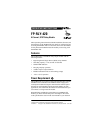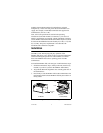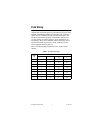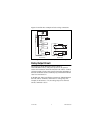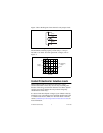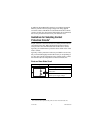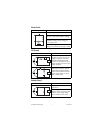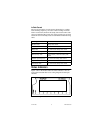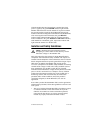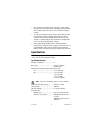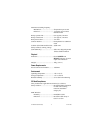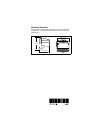
FP-RLY-420 8 www.natinst.com
In-Rush Current
The type of load and its in-rush current characteristics, together
with switching frequency, can cause contact welding. For loads
with in-rush current, measure the steady state current and in-rush
current to determine the proper relay. Some typical types of loads
and the in-rush current they create are summarized in the following
chart.
Status Indicators
Figure 5 shows the module label and status indicators. You can
remove the insertable label to see wiring diagrams for the input
channels.
Figure 5.
Status Indicators and Module Label
Type of Load In-Rush Current
Resistive load Steady-state current
Solenoid load 10 to 20 times the steady-state current
Motor load 5 to 10 times the steady-state current
Incandescent lamp load 10 to 15 times the steady-state current
Mercury lamp load Approximately 3 times the steady-state
current
Sodium vapor lamp load 1 to 3 times the steady-state current
Capacitive load 20 to 40 times the steady-state current
Transformer load 5 to 15 times the steady-state current



